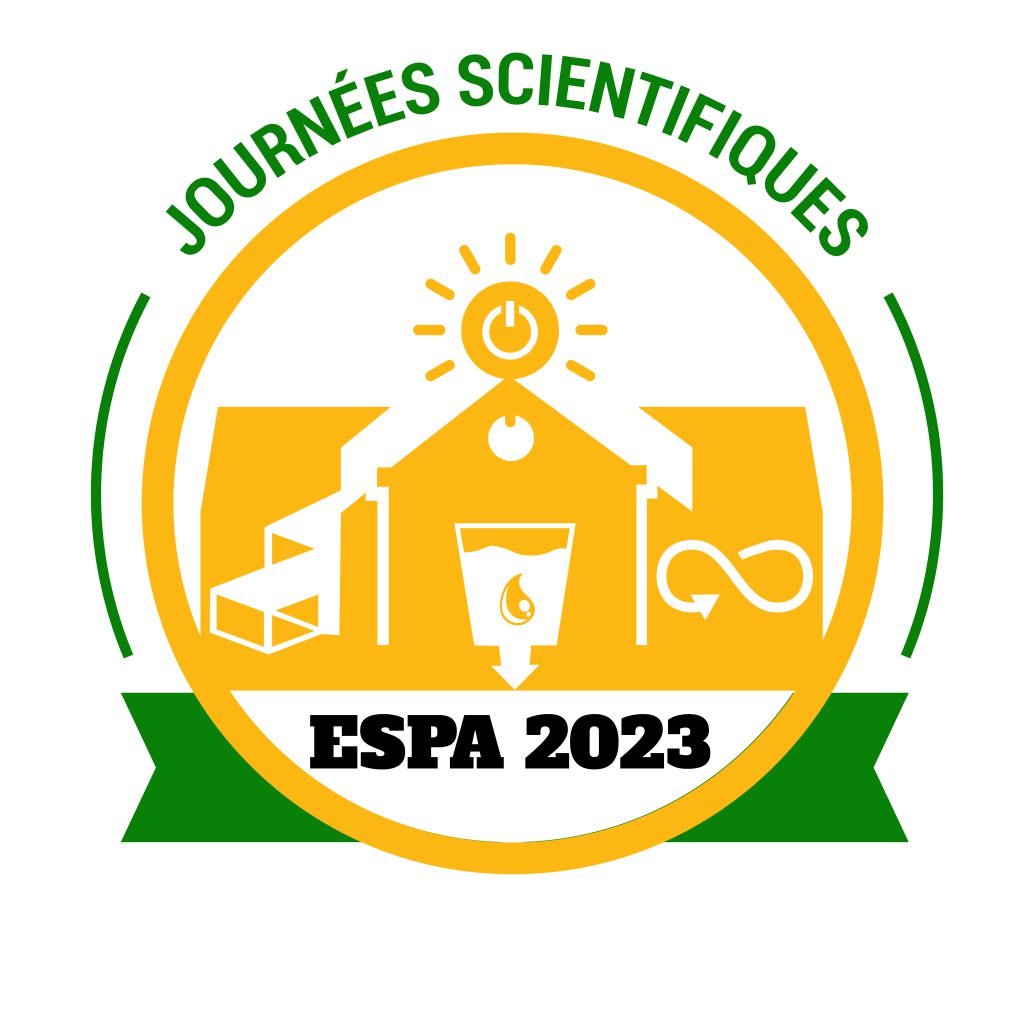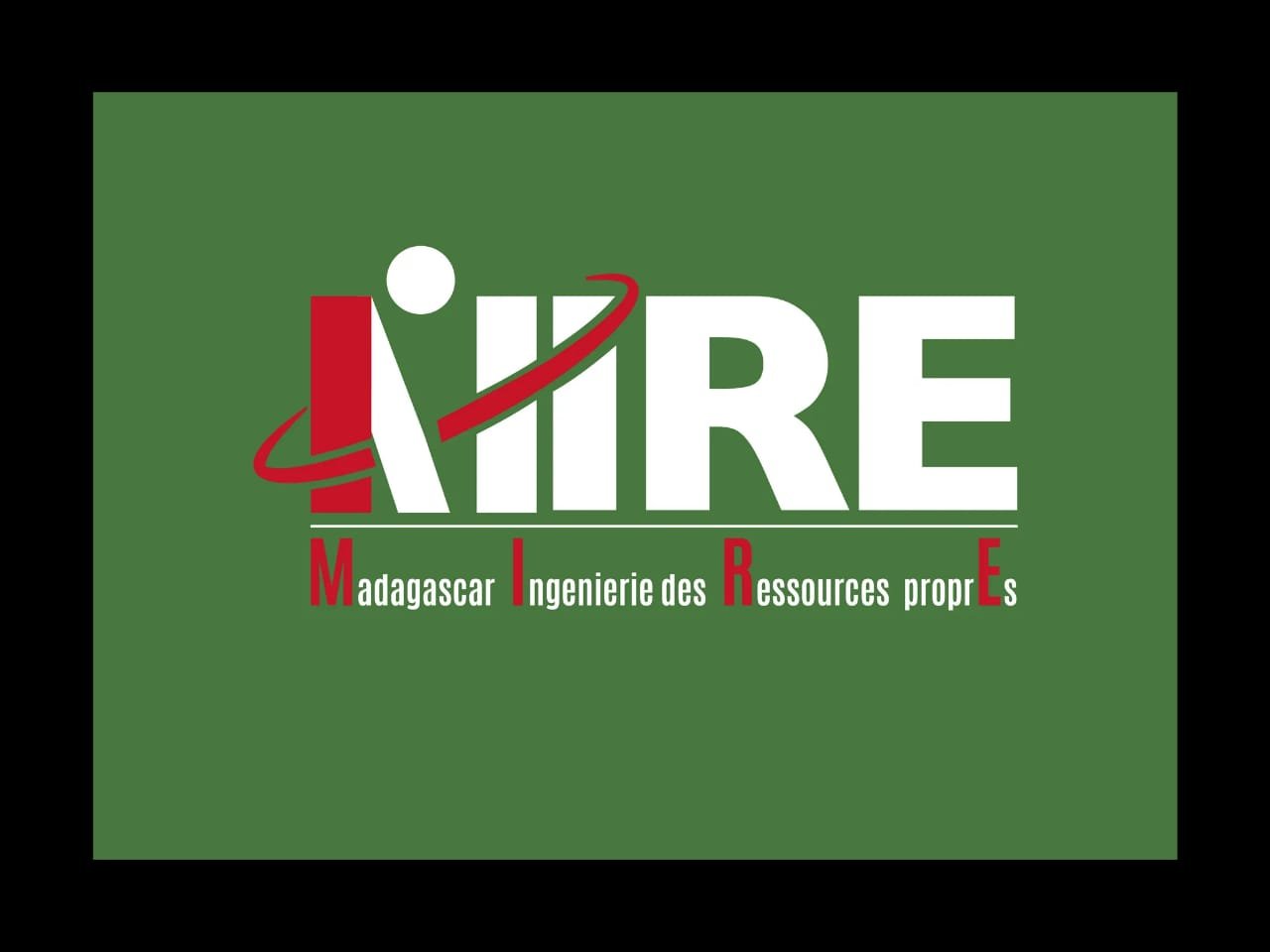New technologies and international treaties for climate change-resilient agriculture
Résumé
Climate change has been manifested in recent decades by a rise in temperatures, a drop in rainfall and a disruption of the seasons. This phenomenon affects several sectors, including agriculture, causing a drop in productivity. How can the combination of the use of new technologies and an international treaty make it possible to obtain agriculture that is resilient to climate change? The objective of the article is to demonstrate that the combination of the use of new technologies and the International Treaty on Plant Genetic Resources for Food and Agriculture makes it possible to obtain an agriculture that is resilient to climate change. The first by highlighting climate projections and the second by access to plant material compatible with these future climatic conditions. The place chosen to conduct the study is the Commune of Antongomena Bevary in the District of Mitsinjo. The activities carried out within the framework of research are - The choice of the experimental site - Highlighting climate change on the site by remote sensing and GIS - The use of the International Treaty for access to plant material compatible with climate variations in the future - The highlighting of transversal statistical data at all these stages The results obtained will be future climate projections and the identification of agricultural varieties that are compatible with it, as well as the mode of access to these varieties
Adaptation, agriculture, climate projection, access to plant material, plant genetic resources
References
Articles in Journals
Rado Andriamasimanana.; Mamy Rabarimanana. MADAGASCAR CONSERVATIONE & DEVELOPPEMENT. 2011, vol 6
Books
ACCLIMATE, «Etude de vulnérabilité au changement climatique – Evaluation qualitative », Mars 2011, Madagascar, 124 pages
Andriambolatiana S, Andriamampianina M. Changement Climatique : Politique et perspective à Madagascar, Friedrich Ebert Stiftung, 30 p. (2005).
ASITY MADAGASCAR. Cadre de Gestion Environnemental et Social de l’Aire Protégée Complexe Mahavavy Kinkony. 2021.
ASITY MADAGASCAR. Plan d’Aménagement et de gestion de l’Aire Protégée Complexe Mahavavy Kinkony. 2020.
Cornet, A. Essai de cartographie bioclimatique à Madagascar. Notice explicative n°55. ORSTOM, Paris. 1974.
GEORGES P: Dictionnaire de Géographie
Dabat M.-H., Razafimandimby S. Crise hier, opportunités aujourd’hui, défis pour demain : le cas de la filière riz à Madagascar. Les actes du colloque scientifique « Changements induits dans les campagnes malgaches par l’évolution des prix des produits agricoles » Antananarivo, Madagascar, Fofifa/Ambassade de France, 06-07 décembre, 9 p. (2005).
Direction Générale de la Météorologie, « Le changement climatique à Madagascar », Mars 2008.
FOFIFA Bilan de la recherche rizicole. Antananarivo, 300 p. (1995).
Hirsch R. (2000). La riziculture malgache revisitée : diagnostic et perspectives Rapport AFD, 24 p. + annexes. (1993-1999).
Madagascar : Plan National d’adaptation au changement climatique. 2021.
Office National pour l’Environnement 2009. Cahier de Charges Environnementales : Projet de Création de Nouvelle Aire Protégée
Projet ZICOMA 1999. Les Zones d’Importance pour la Conservation des Oiseaux à Madagascar. Antananarivo, Madagascar.


